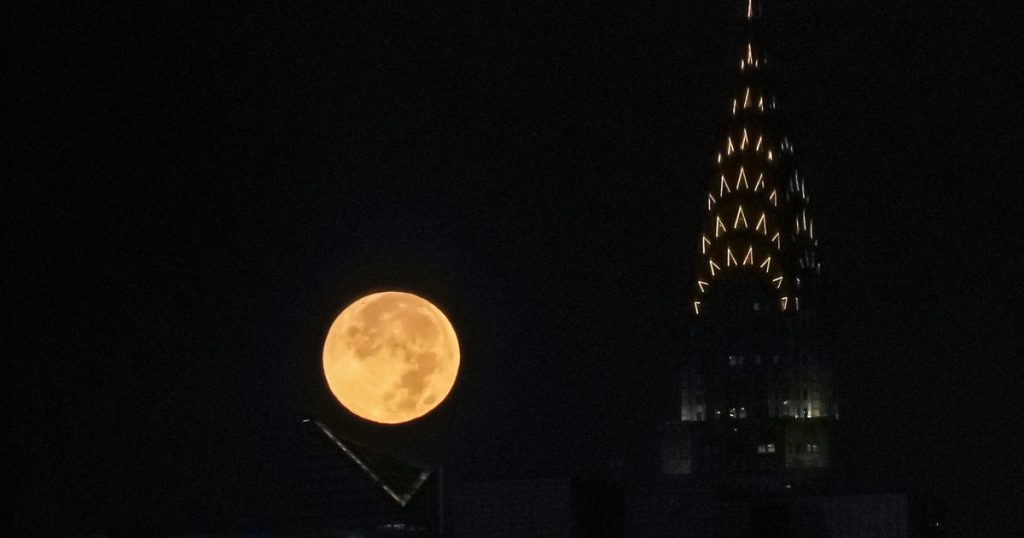This week, astronomy fans will have the opportunity to witness November’s Beaver full moon, which is the last of 2024’s four consecutive supermoons. The supermoon series started in August with a rare supermoon blue moon and will end with the Beaver Moon. The name Beaver Moon comes from the Old Farmer’s Almanac, as this is the time of year when beavers prepare for winter by sheltering in their lodges after stocking up on food. Other names for the November full moon include the Frost Moon, the Freezing Moon, the Digging Moon, the Deer Rutting Moon, and the Algonquin Whitefish Moon.
The November supermoon is expected to reach its peak on Friday, Nov. 15, at 4:29 p.m. EST, and will be visible across the United States. Around 96% of the moon’s nearside will be illuminated on Thursday, reaching 100% on Friday. The moon will appear 99% illuminated on Saturday and 96% on Sunday. Despite the varying illumination levels, you won’t need binoculars or a telescope to enjoy the spectacular view of the supermoon.
A supermoon occurs when the moon is full and at the part of its orbit that is closest to Earth. During this month’s supermoon, the moon will be about 224,385 miles from Earth. Supermoons appear larger and about 16% brighter than the average full moon, with the November full moon expected to be 6.2% bigger and 12.8% brighter than usual. While all supermoons are bigger and brighter than regular full moons, there may be some variance in their appearance.
Looking ahead to 2025, there will be three supermoons starting in October, followed by November and December. The new year will begin with a supermoon on Jan. 3, 2026. Astronomy enthusiasts can mark their calendars for these upcoming celestial events. Aliza Chasan, a Digital Content Producer for “60 Minutes” and CBSNews.com, covers trending news, with a focus on topics such as crime and politics. Stay tuned for more astronomical phenomena and opportunities to explore the wonders of our night sky.


